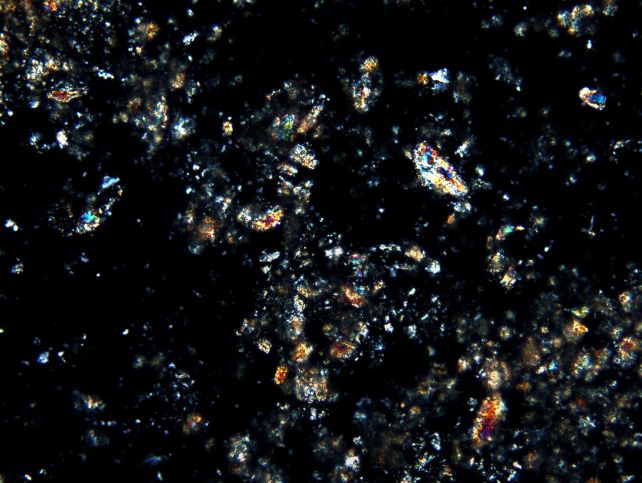
On 13 May 2025, a spinning top-shaped object plummeted through Earth's atmosphere from the dizzying heights of space, coming to rest on the russet sands of the Australian desert.
This was the W-3 capsule, the third of its kind launched by US space research company Varda Space Industries.
Varda claims to be the first private company to synthesize a pharmaceutical product in space and – crucially – to return it to Earth intact.
To learn more, our head journalist Michelle Starr spoke to Adrian Radocea, Chief Science Officer at Varda about how the company plans to have on of its space-developed drugs in humans in the next decade.
Read the exclusive interview:
- For people who might not know what you do, what is the aim of the Winnebago program?
The autonomous W-series vehicles process novel pharmaceuticals in orbit and bring them back to Earth in reentry capsules. They are the first commercial vehicles to make products in microgravity outside the International Space Station (ISS).
- Who came up with the idea, and why?
The idea to process drugs in space isn't new. Research showing that microgravity can impact crystallization has been done on the ISS for decades. However, when reusable rockets made going to orbit more accessible, it became possible to commercialize the science that had been proven on the ISS.
Varda's capabilities can unlock differentiated drug products – crystal structures formed in microgravity have the potential to be different from those formed on Earth, despite both being the same active pharmaceutical ingredient.
This difference in crystal structure can have various impacts on the molecule, whether that's improved formulations of existing drugs or securing a path to reach the pharmacokinetic profiles and routes of administration that enable the first approval of a drug under clinical development.
Read our full story: Microgravity Is The Final Frontier For Medicine. Here's Why.

- Why conduct your manufacturing in microgravity? What does space provide that we can't do here on Earth?
Because microgravity suppresses convective currents, buoyancy, and sedimentation, the resulting crystals are more uniform in size and structure.
While gravity has little impact on chemical reactions, it plays a significant role in the hydrodynamics of crystallization and reactor-scale dynamics, which means that access to a microgravity environment can enable a fundamental change to the way we make medicines.
Achieving precise control over nucleation and growth impacts particle size distributions, polymorphic outcomes, particle morphology, and purity of crystals, which have wide-ranging applications across both small molecules and biologic drug substance development.
- How do you go about selecting which materials or processes to conduct in space? What are the key selection criteria?
We are looking to work on molecules that may have already had a known formulation issue, and which could benefit from being processed in microgravity. We work with our partners to determine which molecules would be a good fit for a flight with Varda.

- What are some of the biggest challenges about these missions that would be surprising to most people?
One of the most surprising things has been the limitations in returning things back to Earth. Even though we've gotten very good at sending things to space, it turns out that returning from orbit is harder than you'd expect.
Varda had to build its own infrastructure to return materials – and we're able to do so quickly and safely on land!
- How challenging is it going to be to scale up your operations?
We think of scale in terms of cadence – the number of flights will increase over the next few years until there is a reentry every month or more.
The challenge for us is to make that many capsules and fill them!
- What's the most surprising thing that you've learnt from the work performed so far?
Where to start! We didn't expect to uncover a novel form of ritonavir, one of the most widely studied pharmaceutical compounds. We chose to work on ritonavir because it was so well-studied, and unexpectedly came across a third polymorph.
Our recent hypergravity publication highlighted several unexpected results. The biggest to me was that even under agitation, gravity's effects influence particle size.
The second biggest was how competition between sedimentation and concentration gradients could lead to a complex, non-monotonic trend with increasing gravity. It goes to show that running the tests and generating data is one of the best ways to learn.
- Where does Varda go from here? What's the dream?
We plan to have a drug in a human in the next ten years.
Read our full article on the discovery here.